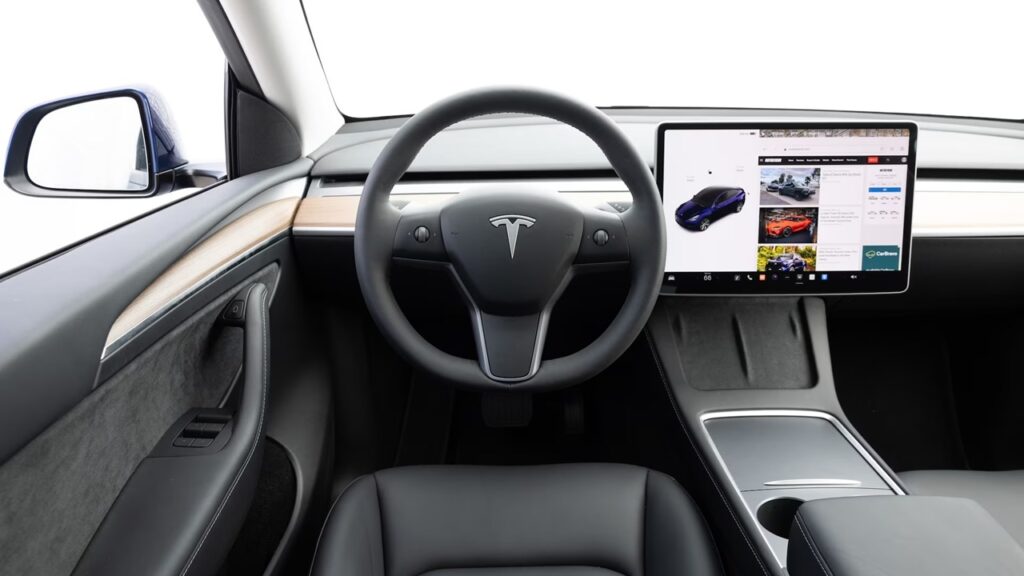Tesla’s Full Self-Driving (FSD) system is an advanced driver-assistance system (ADAS) that uses artificial intelligence, cameras, and neural networks to navigate roads with minimal human intervention.

Here’s a breakdown of how it works:
1. Perception System
Tesla FSD relies on 8 cameras, ultrasonic sensors (older models), and radar (in some versions) to perceive the environment. The system detects:
- Vehicles (cars, trucks, motorcycles)
- Pedestrians and cyclists
- Traffic lights and stop signs
- Lanes and road markings
- Obstacles (cones, debris, etc.)
Tesla removed radar and ultrasonic sensors in newer models, transitioning to a vision-only approach using neural networks.
2. Neural Networks & AI
Tesla’s FSD uses deep neural networks (DNNs) trained on millions of real-world driving scenarios. The system processes camera data in real-time to:
- Identify objects and predict their movements
- Determine lane positioning
- Recognize traffic signals and road signs
Tesla continuously improves FSD through data collection from its fleet, updating the AI via over-the-air (OTA) software updates.
3. Path Planning & Decision Making
Once the system understands the surroundings, it decides:
- When to accelerate, brake, or turn
- How to navigate intersections and lane changes
- How to handle unexpected obstacles
FSD follows a highway and urban driving policy, using Tesla’s end-to-end AI model that predicts and executes driving maneuvers.
4. Control & Execution
The final step involves sending commands to the car’s:
- Steering system (for turning)
- Throttle (for acceleration)
- Braking system (for slowing down or stopping)
Tesla’s system operates under SAE Level 2 autonomy, meaning drivers must remain attentive and ready to take control.
FSD Capabilities (as of 2025)
- Autosteer on highways and city streets
- Navigate on Autopilot (highway driving, automatic lane changes)
- Traffic light and stop sign recognition
- Summon & Smart Summon (low-speed remote control of car in parking lots)
- Auto Lane Change
Tesla is working toward achieving full Level 4 or Level 5 autonomy, but regulatory approval and technical challenges remain.